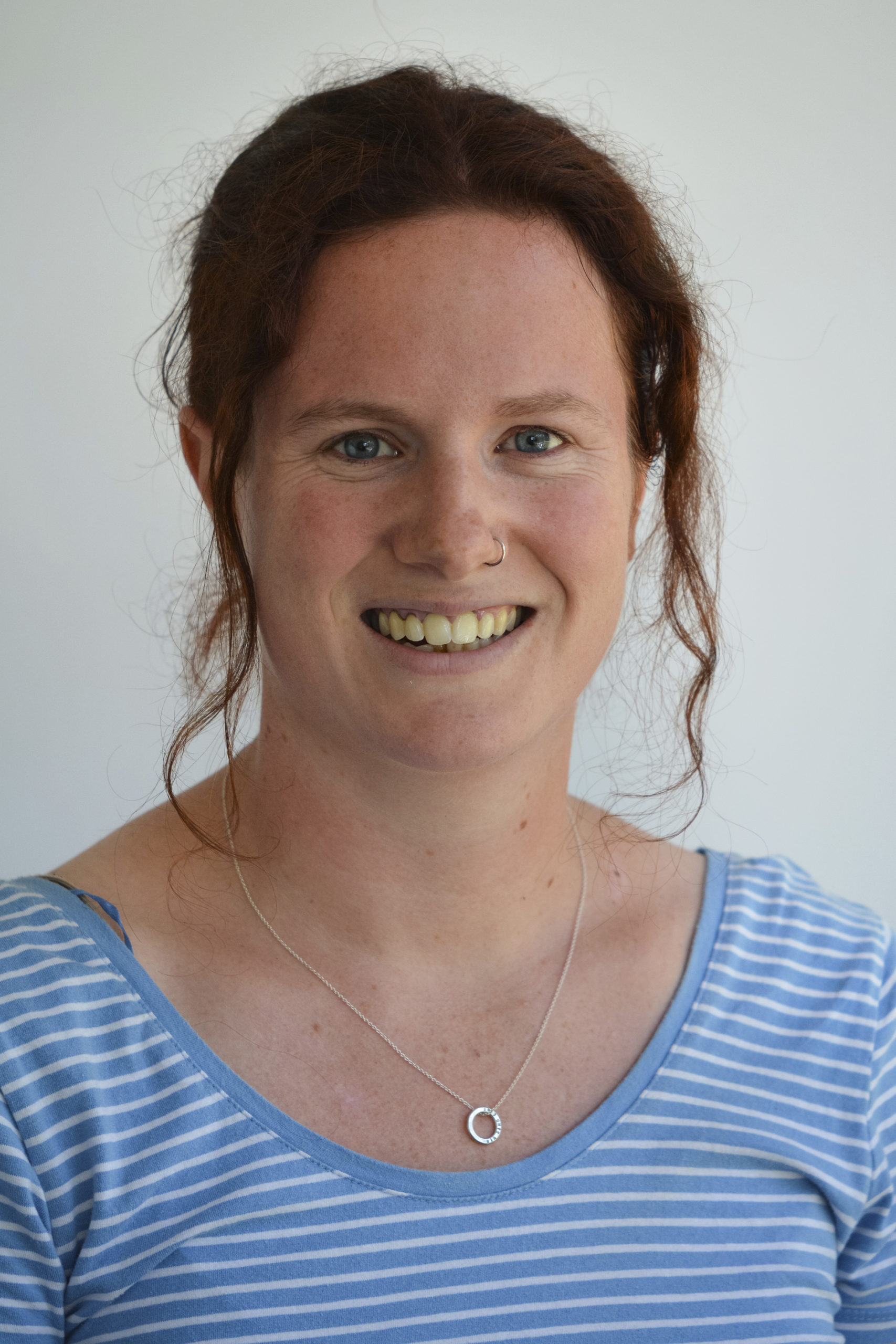As we move closer to the 2030 target for sustainable and safely managed sanitation and hygiene for all, it feels like we’re starting to make progress on including certain groups of people in our work. We’ve seen an enormous effort to break down taboos and stigma, with growing awareness of sanitation issues relating to menstrual health and hygiene, disability, sanitation workers and most recently for us, people who experience incontinence.
While we continue those valuable conversations, it is time now to think about who we’re not talking about enough, about who is in danger of being left behind in the drive for sanitation and hygiene for all. It seems we have a long way to go, in terms of including, among other groups, sexual and gender minorities in our work on sanitation and hygiene.
It is, no doubt, a challenging topic to address. In 13 countries, it’s against the law to be transgender, including countries where we, at SLH, are currently working or have worked in the past. Elsewhere, sexual and gender minorities face harassment, violence and ridicule when accessing toilets. Here in the UK, we have a long way to go, at both cultural and institutional levels.
Bearing this in mind, programming needs to be extra vigilant for potential safeguarding issues and follow ‘do no harm’ principles very carefully. In addition, we need to bear in mind we’re talking about individuals who may experience intersectional discrimination due to characteristics such as race, class, disability and refugee status. We also need to consider the diversity of identities within sexual and gender minorities, who may face different challenges relating to their specific identity, (for example, intersex people can face non-consensual surgical procedures and unnecessary medical interventions).
What’s happened so far in the sector?
Back in 2015, transgender people from Dhaka and Hyderabad were included as part of the Sanitation and Hygiene Fund (formely WSSCC) and Freshwater Action Network South Asia’s consultation on Leave No One Behind, calling for more community participation when designing toilets. Work by WaterAid in 2018 highlighted the need for specific guidance for access to sanitation for transgender and intersex people, also pointing to a particular lack of research on Latin America and Africa. WaterAid India’s work with academics, WASH organisations and transgender activists, fed into a Waterlines article from 2018. The article offers case studies from Nepal and India on different toilet options for transgender people and promotes education on related issues and was publicly echoed by DFID (now the UK’s Foreign, Commonwealth and Development Office). Just a couple of weeks ago, a new project was announced, focusing on equal access to sanitation for women, disabled people, and transgender people living in Karachi, Pakistan.
Over the last couple of years, Water for Women have been working with Edge Effect to call for sexual and gender minorities to not be left behind, and for inclusion of sexual and gender minorities to be embedded in programming. Work this year has focused on the potential impact of COVID-19 on sexual and gender minorities, including limited access to healthcare, increased risk of domestic violence, increased exposure due to living situations or street-based work. This is aptly summarised in their guidance note, saying ‘we are here, but we have many reasons to be cautious, and may stay out of sight’.
As cited in a recent Waterlines article on gender transformative WASH, Edge Effect have also been raising crucial questions about approaches to inclusive sanitation, encouraging a focus on the norms that exclude groups (heteronormativity, cisnormativity and the gender binary) over focusing on what makes a certain groups different.
In terms of language used, earlier this year, the phrase ‘people who menstruate’ was used in an article written by colleagues in the sanitation and hygiene sector, drawing criticism and ridicule from a global public figure known for anti-trans rhetoric. I found the ensuing conversations on social media tough to read. There seemed to be little recognition of the power structures at play and the voices of the experts (the people who may be marginalised themselves) were not being heard or given precedence, most likely due to unequal platforms, resources, fear of increasing rates of abuse and the focus of the press on outrage rather than the issues at hand.
It made me reflect a lot on what we can do as allies, as an organisation committed to capturing and promoting participatory methods, as a group of people tackling stigma and taboos, and as a well-supported research programme with a wide network of partners in the sanitation and hygiene sector. The issues facing sexual and gender minorities extend into other sectors, of course, but access to sanitation is a key issue. So how can we make progress? What can the sanitation and hygiene sector do to gain momentum on this topic?
Change our language
Back in August, I joined the 30th SuSanA Meeting session on menstrual health and hygiene and was interested to see discussion in the meeting chat about language used around menstruation. Presenters used the expression ‘people who menstruate’ or ‘menstruators’ which seems to be becoming more accepted in the sanitation and hygiene sector (despite some diversity of opinion demonstrated at the meeting).
At the Sanitation Learning Hub, we are committed to including sexual and gender minorities in our language, with ‘people who menstruate’ as the term we will endeavour to use when we talk about menstrual health and hygiene.
Using the term ‘sexual and gender minorities’ in this blog and on our updated resource page is a recent, conscious decision on our part. We reflected on Edge Effect’s use of the term ‘sexual and gender minorities’ and similarly wanted to make sure we are not excluding certain groups, or groups that may use local terms to express their identity. Hopefully this will also be a useful prompt that we need to continuously adapt to needs according to context, and to keep recognising the diversity of experiences within sexual and gender minorities.
These linguistic adjustments are new for us. We know that changing habitual language takes time and we welcome challenges where we might be failing.
Share existing resources
We’ve collected the resources we know about on our sexual and gender minorities resources page. If there are more relevant resources out there that we have missed, do send us your suggestions.
Create new resources in collaboration with representative groups
As WaterAid pointed out back in 2018, we seem to be missing detailed specific guidance on how to make sanitation inclusive to sexual and gender minorities. To create guidance, we need to know more and hear more from the voices that matter, the minorities who have both first-hand experience in challenges to access to sanitation and hygiene, and, most likely, a better idea of solutions that may be available.
If you have a story to share, we’d like to hear it, and can offer our platforms. You can email us to start a dialogue ([email protected]), with the knowledge that we will be respectful of your right to privacy and anonymity You don’t have to remain anonymous if you would prefer to be identified, and we will respect your choice either way. If you would prefer to remain completely anonymous, but have a quote or story to share, you can use our survey where you don’t have to share your name or contact details.
The challenging nature of this topic is all the more reason to discuss it. Neglecting the issue and not addressing stigma translates to a harsh daily reality for many people within sexual and gender minorities. It feels like there is a lot of work to do, but looking around at progress made, for example on menstrual health and hygiene, I’m hopeful that in the years to come we’ll be in a stronger position to help sexual and gender minorities access safe sanitation and hygiene.
As with all potentially disadvantaged groups, we need to hear more voices from sexual and gender minorities in the work that we do. But we shouldn’t be putting all the burden on people who may be marginalised. As a sector, we have an important role to play, setting a precedent with the language we use, facilitating discussions and sharing our platforms.









